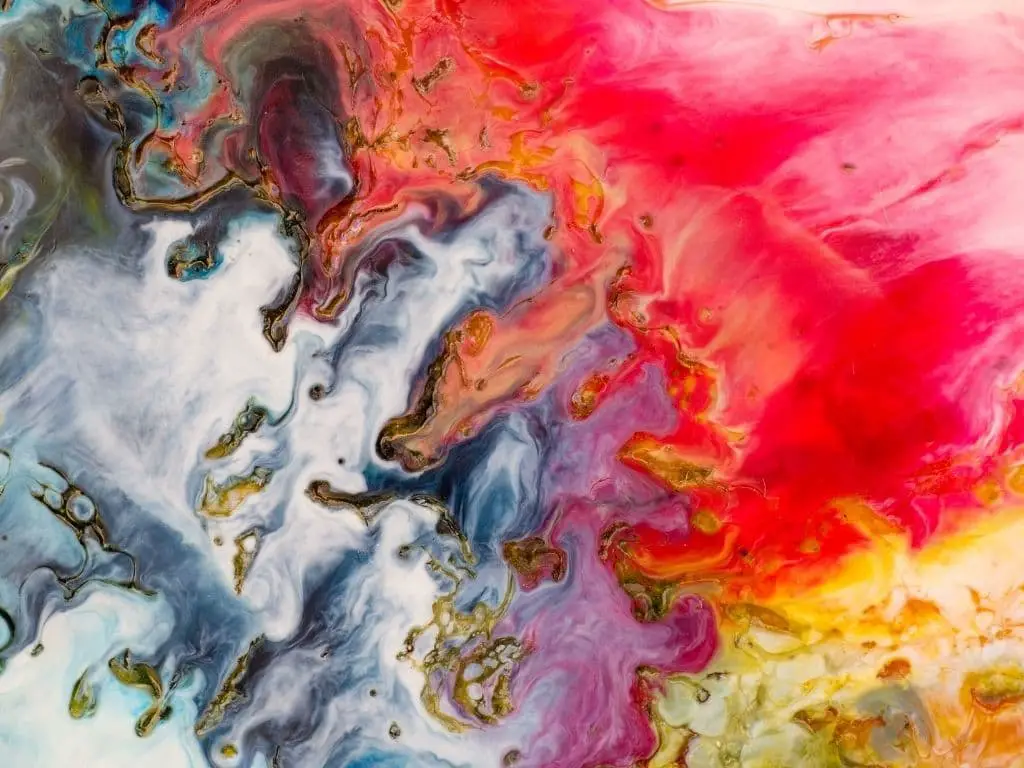It can be difficult for those not in the art world to know exactly when certain periods begin and end. The word modern to the laymen is especially confusing – after all, isn’t art created today modern?
Is Van Gogh Modern Art? Yes, Van Gogh is indeed modern art. Modern Art is defined by a certain period marked by artists such as Vincent Van Gogh, Georges Seurat and Paul Cezanne. The period of Modern Art lies between the years 1860 and 1970.

Though not all art that was released during that period was considered modern. In this blog, we’ll discuss what makes Van Gogh’s work modern, as well as go over some examples that best reflect that.
Is Van Gogh Modern Art?
Many people walk into the MOMA or the Guggenheim asking, “Is Van Gogh Modern Art?” It’s a reasonable question, as it’s often difficult to define the era. So in order to determine if Van Gogh’s work is modern, we must first understand what that is.
Modern Art is defined as any work that was released between the late 19th-early-to-mid 20th century. More specifically, though, it refers to works that showed the artist’s desire to reinterpret the aesthetic values of the past.
Put simply, Modern Art attempts to challenge old beliefs that artists should view the world realistically. This first began in the 1700s, when Claude Monet introduced blurred brushstrokes to his painting. This was the start of the impressionist movement.
Van Gogh, and his contemporaries, were clearly inspired by the freedom that the impressionists offered and sought to move beyond it. They were known as Post-Impressionists. Van Gogh, in particular, introduced a great deal more light and color into his work than the previous movement would have.
The movement was founded under the core idea that emotion and subjective interpretation were prized over realistic representation, and Van Gogh’s work is one of the prime examples of it.
Van Gogh also held substantial influence on contemporary impressionists in the Modern Art movement.
Who Else Is Considered Modern Art?
As Modern Art covers over a century of time, many artists fall under that classification. Here’s a brief list of other artists and their connections to the movement.
Paul Cezanne: Cezanne was an important member of the post-impressionist movement as the father of Fauvism. He was known for his “constructive strokes”, or carefully arranged marks that worked in unison to create a geometric shape. This was a precursor to Cubism.
Georges Seurat: Seurat boasted his next logical step in the post-impressionist movement as neo-impressionist. Neo-impressionists eschewed the randomness they found in the movement and opted for a more traditional painting approach.
Pablo Picasso: Probably the most well-known name in the Modern Art movement, Picasso was not around at the birth of it. He did, however, become a major influence on how it progressed, particularly around the dawn of Cubism.
What Painting Best Displays Van Gogh’s Modern Aesthetics?
Unquestionably, Starry Night is Van Gogh’s most well-known work, and it represents his position in the Modern Art movement quite well. The painting itself is quite simple; it’s an image of a quiet city on a nice evening.
That does not come close to conveying the emotions so many have talked about experiencing while viewing the painting. There’s no clear reason for why so many over the years have been so captivated by its swirling brushstrokes and bright yellow, round stars.
Some claim its origins – that Van Gogh began work on it while in a mental asylum – hold some claim to its innate power. Certainly one can identify the sadness in the melancholy dark blue paint, and the swirling, looping brushstrokes do speak to a sense of madness.
What’s the Difference Between Modern and Contemporary Art?
One of the reasons it can be difficult to tell the difference between Modern Art and Contemporary Art is that there really isn’t much of one. The genuine answer is just a matter of time.
Modern Art reflects a specific era, and Contemporary reflects Modern Art made today.
Where Can I See a Van Gogh?
Van Gogh’s work is on display at the New York Museum of Modern Art (MOMA), where you can see the famous Starry Night.
Each year, however, that captivating painting has found a new generation of fans. Younger generations in the past decades have taken to placing it on decals, posters, throw pillows and bedsheets.